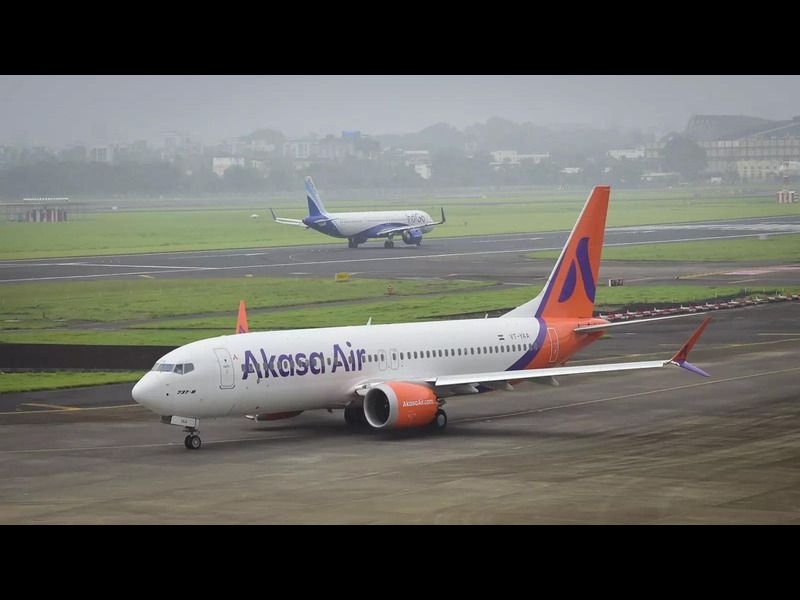Akasa Air, India’s fastest-growing airline, announced its international operations with the launch of its first destination – Doha, the capital of Qatar. Starting from March 28, 2024, Akasa Air will operate four non-stop flights a week, connecting Mumbai with Doha, enhancing air connectivity between Qatar and India.
Why Doha?
Doha is one of the key economic engines of the Middle East region and is also known for its cultural heritage. The city attracts a blend of business, spiritual and leisure travellers from India throughout the year. The introduction of direct and convenient travel options will foster trade and tourism between the two countries.
Doha is home to the Museum of Islamic Art, the Souq Waqif, the Pearl-Qatar, and the Doha Corniche. It also hosts many international events, such as the FIFA World Cup 2022, the World Athletics Championships 2019, and the Asian Games 2006.
What Akasa Air offers?
Akasa Air founder and CEO Vinay Dube said, “We are delighted to announce our international operations with the launch of our first destination – Doha, to our growing network. The introduction of four flights a week, connecting directly with Mumbai, a key Indian commercial hub, will cater to a diverse set of travellers from the two countries, facilitating tourism, commerce and strengthening bilateral ties. Akasa Air is built on a solid foundation of reliability, service excellence and the highest standards of safety in global aviation. We are proud of our remarkable growth since inception, which is also a testimony of the sheer potential of the Indian aviation industry. Our foray into Qatar marks the next phase of growth as we continue our journey towards becoming one of the world’s top 30 airlines by the turn of this decade”.
Akasa Air will offer return fares starting at INR 29012 for this route. Bookings for flights are now open on Akasa Air’s website www.akasaair.com, Android and iOS app and through multiple leading OTAs.
Akasa Air will operate its Boeing 737 Max aircraft on this route, which are known for their fuel efficiency, lower emissions, and spacious cabins. The airline currently operates 23 Boeing 737 Max aircraft and has placed an order for 150 more.
Akasa Air will provide its customers with a warm, efficient, and reliable flying experience at affordable fares. The airline will also offer complimentary meals and beverages, free checked baggage allowance, and in-flight entertainment.
How to book?
To book your flight to Doha with Akasa Air, visit www.akasaair.com or download the Akasa Air app on your Android or iOS device. You can also book through multiple leading OTAs, such as MakeMyTrip, Yatra, Cleartrip, Goibibo, etc.
You can also contact Akasa Air’s customer care at +91-22-12345678 or email at customercare@akasaair.com for any queries or assistance.
Recent Blog : Bharti Airtel to Allot 2.06 Cr Shares for FCCBs
